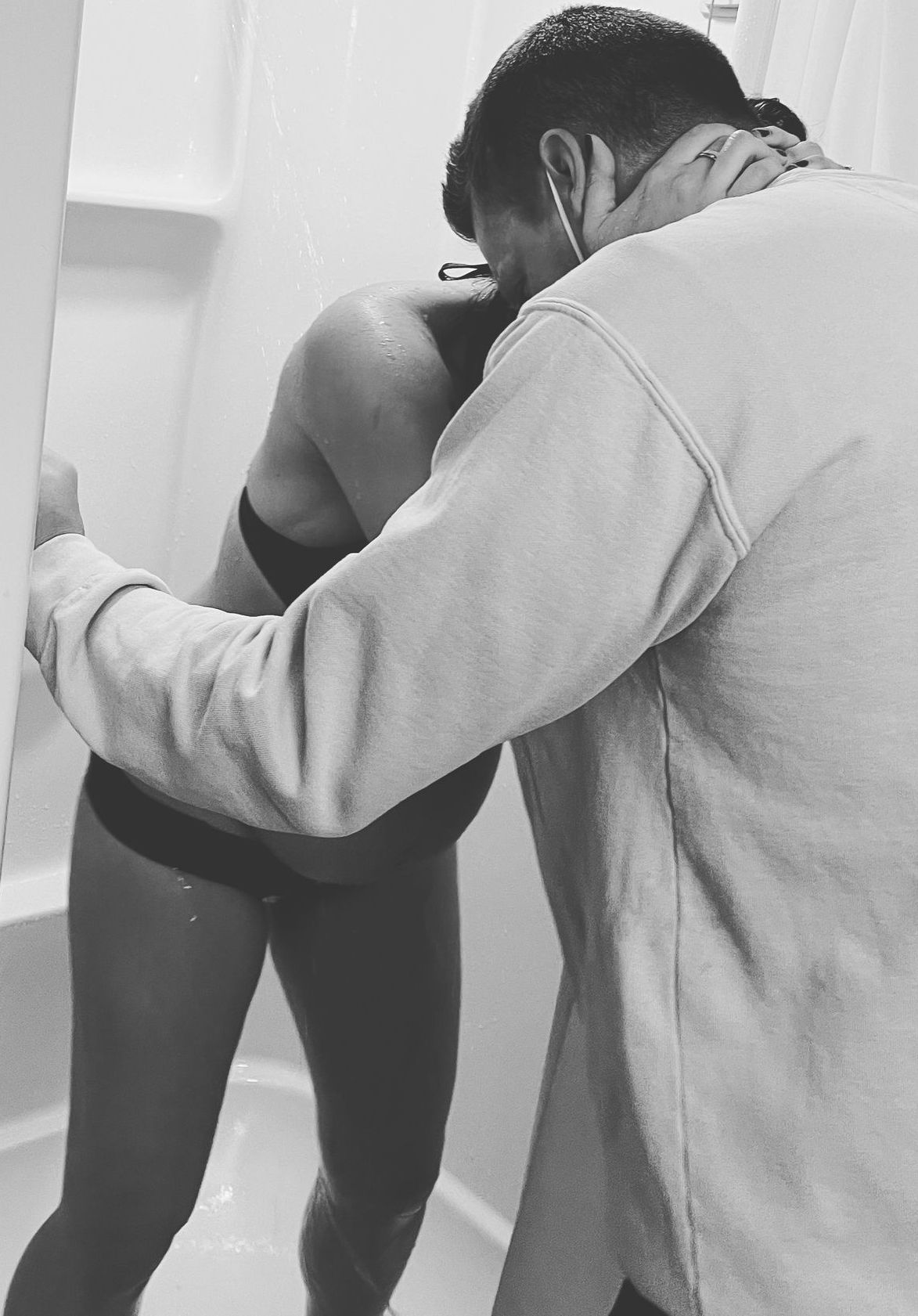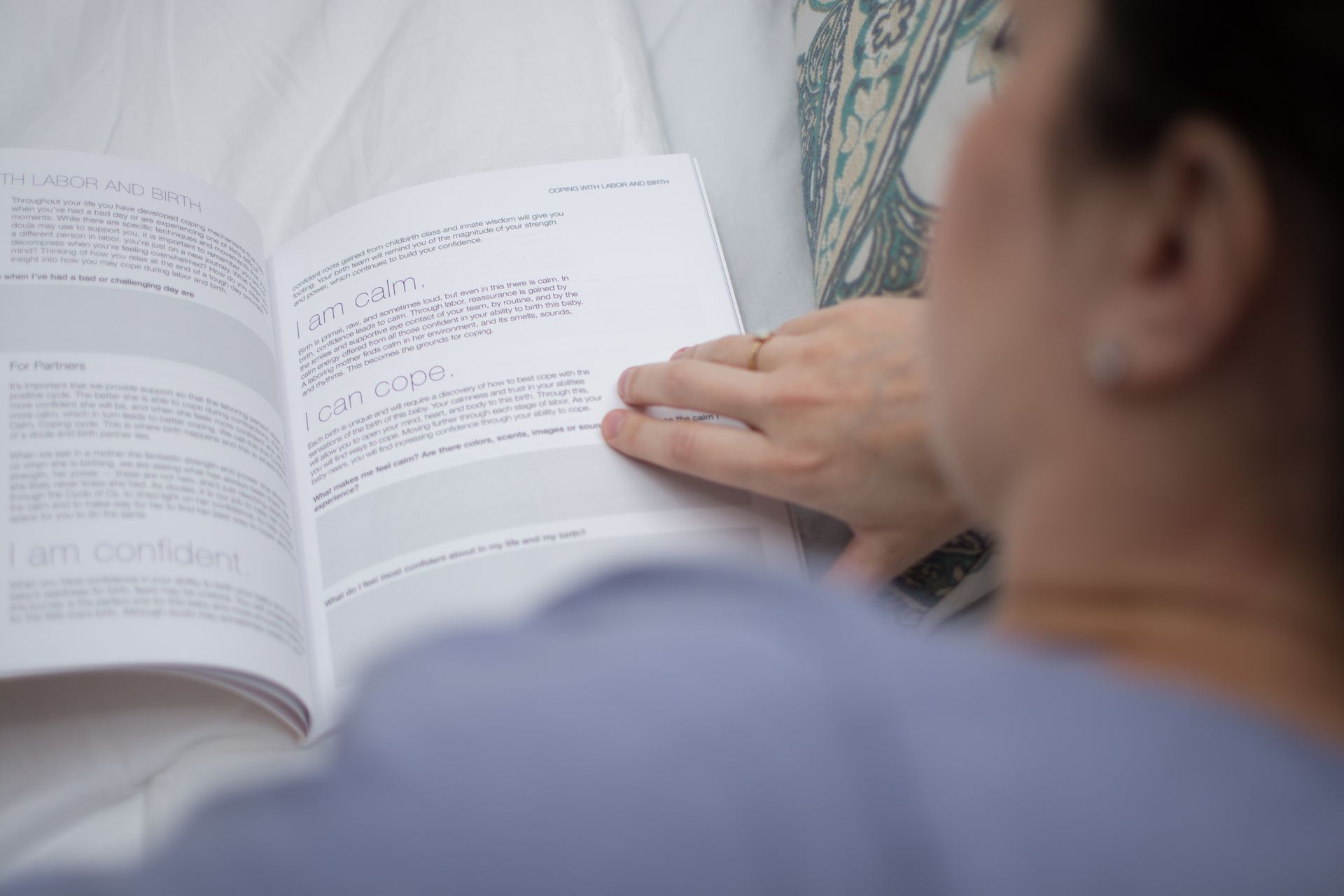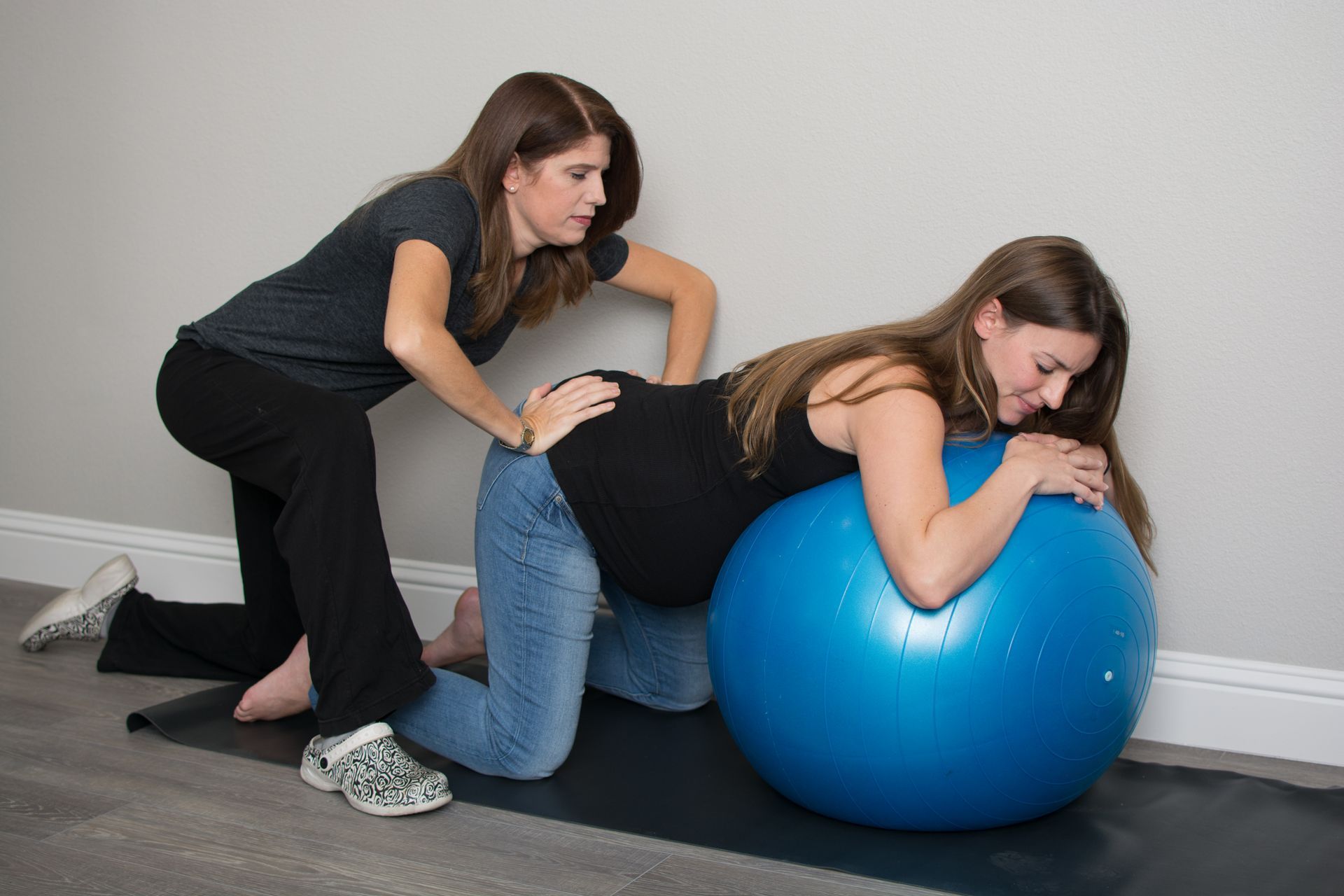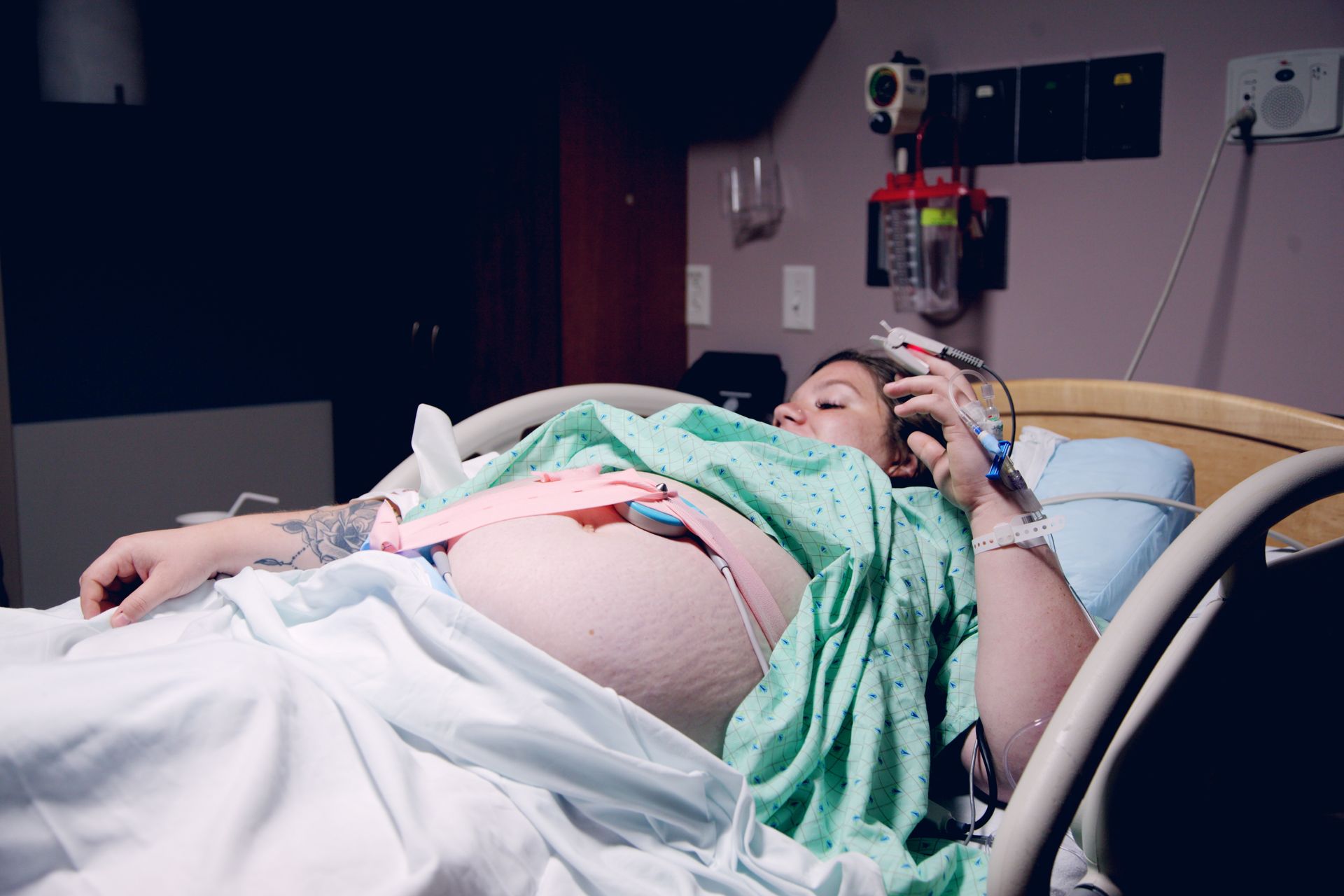Why is movement so important in labor?
Movement is key to progress, pain relief, and so much more!

The Importance of Movement in Labor
When it comes to birth, movement is more than just comfort—it’s a powerful tool that supports progress, eases intensity, and helps baby find the best position for birth. Your body was designed to move in labor, and when you do, you’re creating space, encouraging alignment, and working with gravity to bring your baby closer into your arms.
Here’s why movement matters—and some favorite techniques you can use:
Why Movement in Labor is So Important...
- Encourages Progress: Movement helps your baby rotate and descend through the pelvis.
- Eases Discomfort: Shifting positions, swaying, or walking allows muscles to relax and reduces pressure.
- Opens the Pelvis: Different movements and positions create more space at different levels of the pelvis (the inlet, mid-pelvis, and outlet).
- Promotes Connection: Moving together with your partner, like in a slow dance, builds oxytocin—the hormone of love and labor.
Simple, Effective Movements for Labor
1. Slow Dance
A classic and deeply effective position, slow dancing in labor means standing and leaning into your partner while gently swaying your hips side to side. This movement:
- Uses gravity to help baby descend.
- Relaxes the body with rhythm and touch.
- Builds connection and comfort with your partner.
2. The “Captain Morgan”
Think of the stance like the rum logo! Place one foot up on a low stool, step, or chair, while the other stays firmly on the floor. Gently rock or lean forward and back. This:
- Creates asymmetry in the pelvis.
- Encourages baby to rotate if they’re in a less-than-ideal position.
- Can help labor progress when things feel “stuck.”
3. Asymmetric Movement
Not every movement has to look the same on both sides. By lunging, side-lying with one knee bent, or trying a “runner’s lunge” style position, you’re opening one side of the pelvis more than the other. This:
- Gives baby extra space to wiggle and adjust.
- Is especially helpful if labor slows or baby seems to favor one side.
4. Walking
Never underestimate the power of walking during early or active labor. Each step rocks the pelvis, opens the hips, and uses gravity to help bring baby down. Walking also:
- Keeps your mind focused and calm.
- Provides a rhythm to breathe and relax into.
Opening the Pelvis at Every Level
Movement isn’t just about comfort—it’s about using your pelvis wisely.
- Opening the inlet (the top of the pelvis): Leaning forward, wide knees, or movements like the Captain Morgan help baby enter the pelvis.
- Opening the mid-pelvis: Rocking on a birth ball, swaying in a slow dance, or being on hands-and-knees help baby rotate.
- Opening the outlet (the bottom of the pelvis): Squatting, kneeling, or lunging positions widen the space for birth.
Final Thoughts
Movement in labor isn’t complicated—it’s intuitive. Trust your body to guide you. Whether you’re swaying in a slow dance, lunging in a Captain Morgan, walking the halls, or opening the pelvis asymmetrically, each motion is a step closer to holding your baby.
✨ Birth is movement. Movement is progress. ✨

Do I need to take a birth prep class? Let's talk about the vital importance of Childbirth Education!










